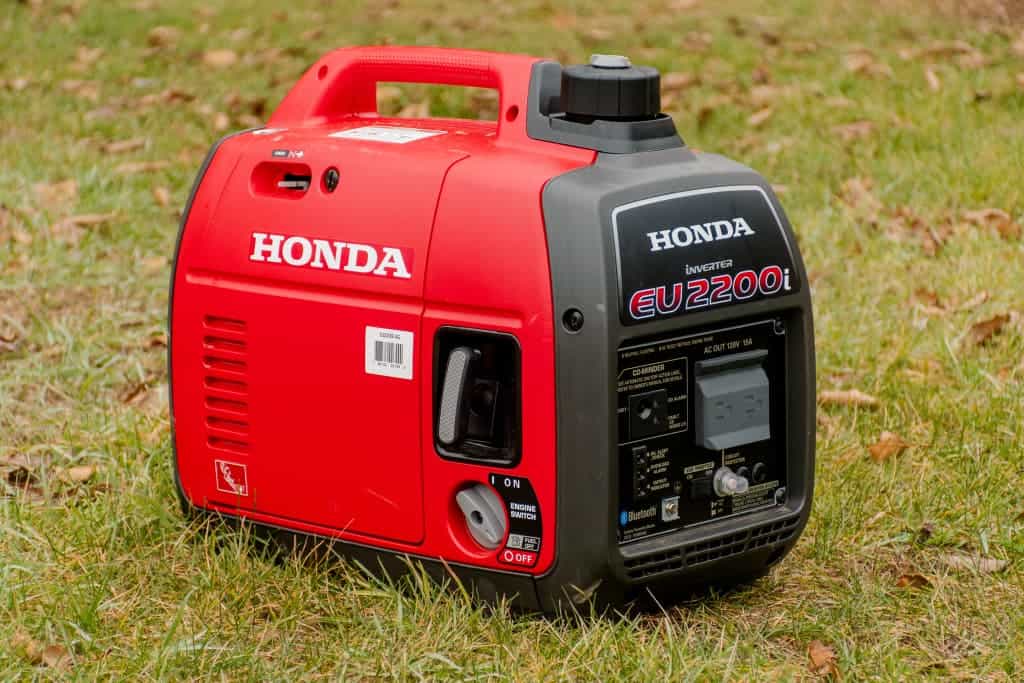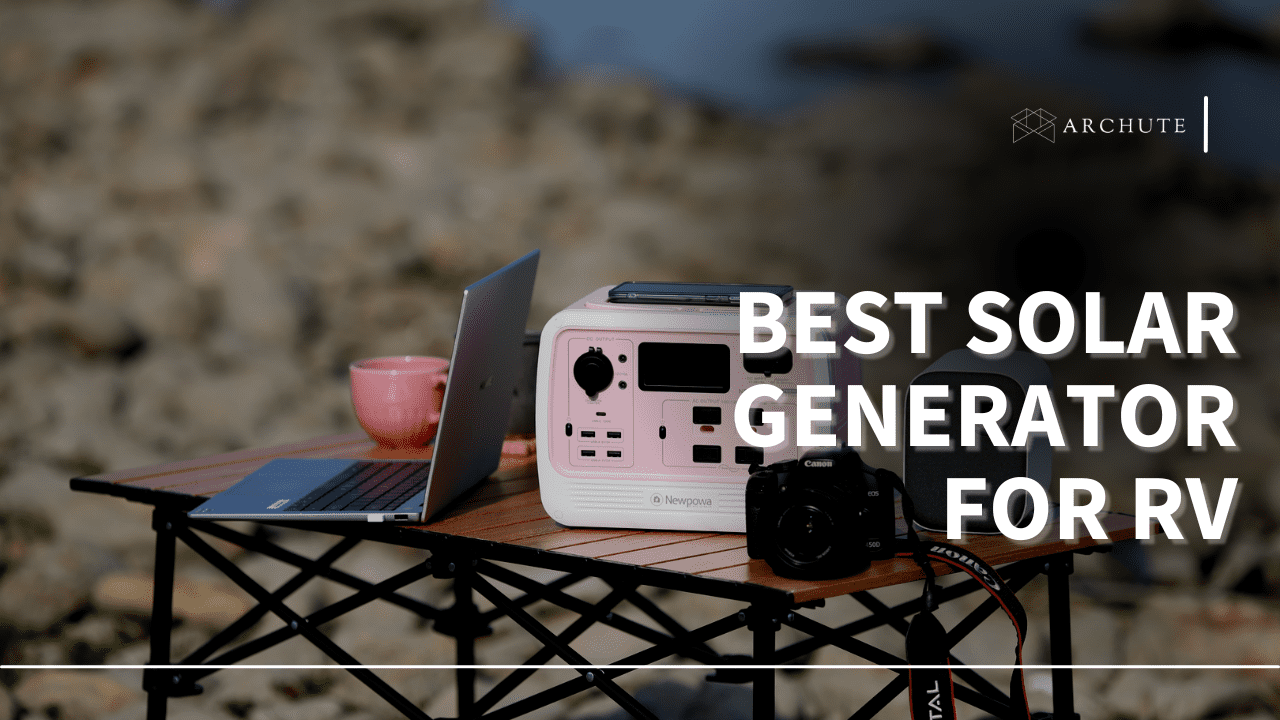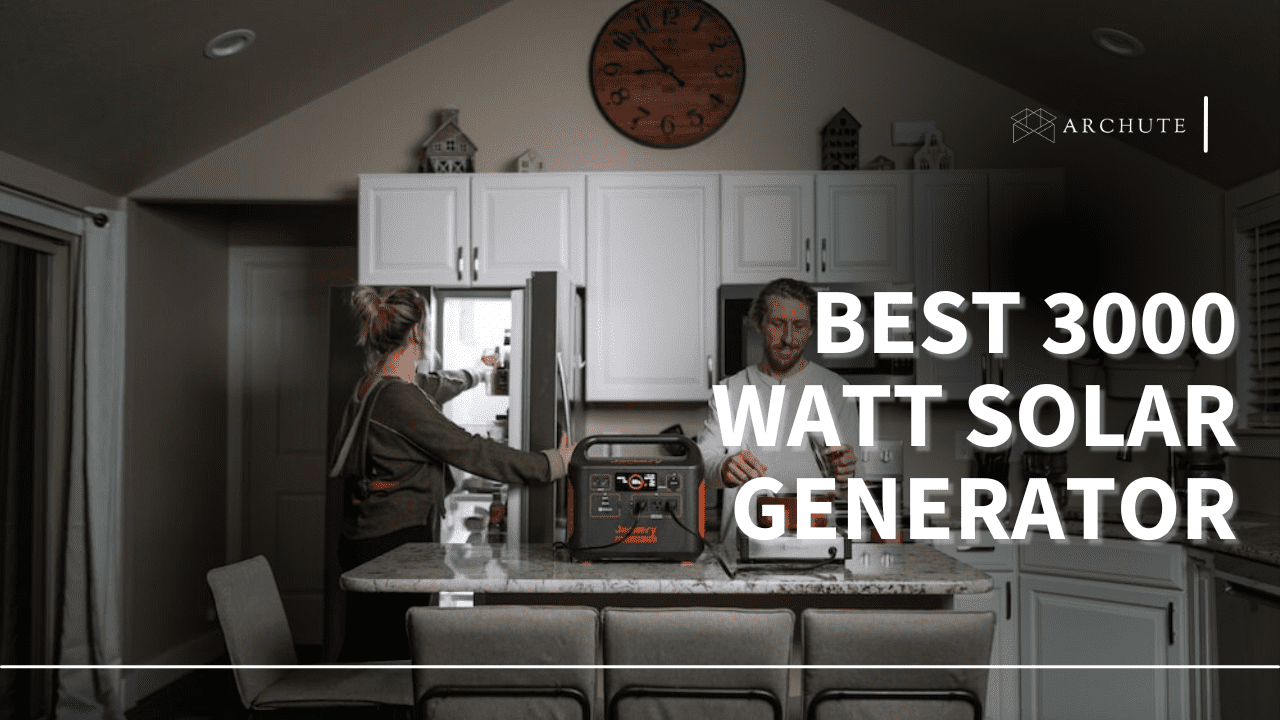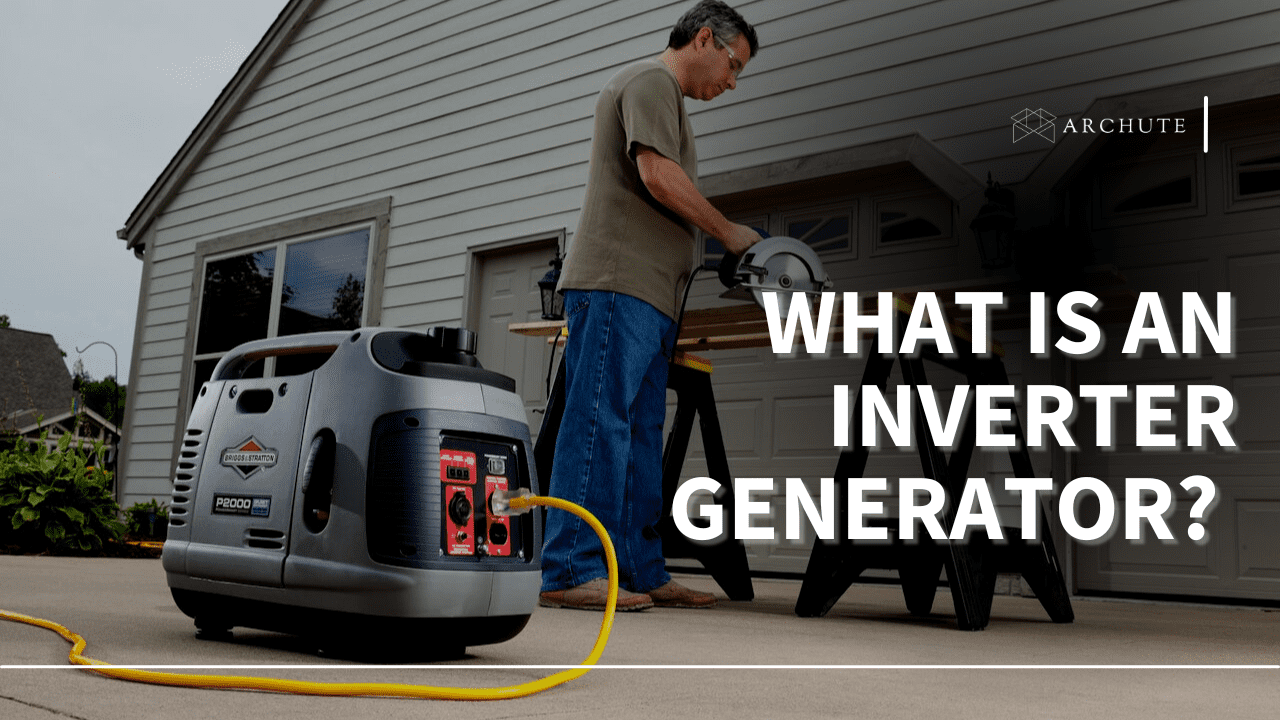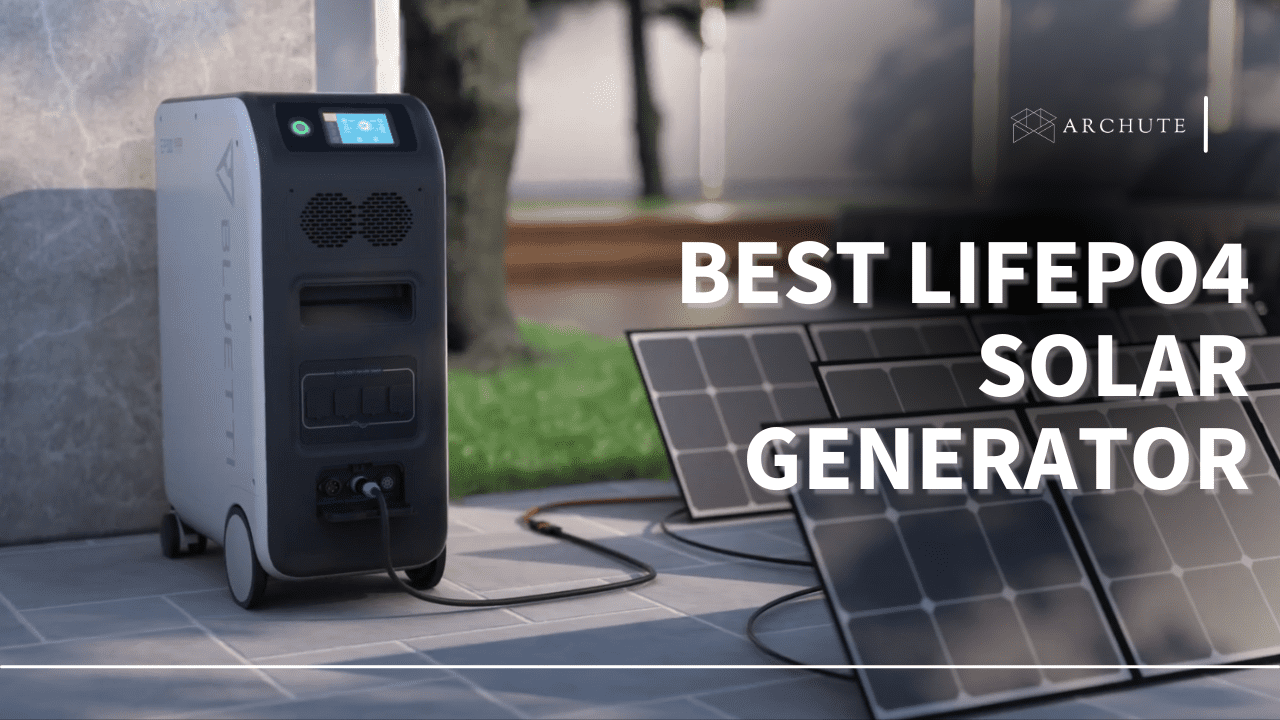So, what do we do when your Honda generator stops working? Today, we will go over the reasons why generators quit working. We'll also show you how to solve the problem with a simple method.
Why the Generator Runs Without producing power

1. Residual Magnetism Loss
If your generator is still running but not producing electricity, it is almost always due to a loss of residual magnetism. Generators function by moving electrical conductors through a magnetic field that they create themselves. Magnets are not found in generators.
The magnetic field converts a portion of the generator's output voltage to DC and feeds it into a coil to create an electromagnet. Therefore, after utilizing your generator, some of the magnetism is retained. This is known as residual magnetism.
The generator uses this residual magnetism to help it start producing power the next time it starts up. So your generator will produce more power when the engine turns this electromagnet, moving its electric field through the stator windings—your generator cant produce power at starting if residual magnetism is lost.
Causes of residual magnetism loss in Honda generator:
- The Honda generator being out of service for an extended period
- Having a linked load when the Honda generator is shut off
- Leaving the generator running for an extended period without connecting it to anything
- Long-distance transportation vibration if your generator is new
You can prevent residual magnetism loss by running your generator with a load and disconnecting that load before turning it off. If residual magnetism is lost, there are methods to recover it.
How to Resolve Residual Magnetism Loss
a) 12+ Vault Battery Method
- Rubber gloves, a light, and a 12+ vault battery are required for this procedure. Begin by locating your generator's voltage generator. Two brush wires will be connected to it. One of them will be red. The other will be black or white.
- Disconnect both cables. Connect the black or white one to the ground battery terminal of the generator. Connect your light to the generator and turn it on.
- Connect the red brush cable with the red cable from your 12+ vault battery. Hold both against the voltage generating terminal for a few seconds.
- Remove the battery wire. Replace the two brush cables in their respective sockets. Everything should now be operational.
- Make sure the brush wires are disconnected from the automatic voltage regulator. Otherwise, your generator can catch fire.
- Avoid connecting any other cables to the automatic vault generator. You may receive an electric shock as a result of doing so.

b) Electric Drill Method
- This is a simple approach for determining if the loss of residual magnetism is the source of your problem. Even better, if your theory is correct, it will automatically fix your generator.
- Connect an electric drill to the generator's receptacle. Ensure that the drill is in the forward position. Press down on the drill's trigger.
- Start your generator, then pull back on the drill's trigger. The drill's clip should be rotating backward.
- If the problem is a loss of residual magnetism, this will reactivate the generator's magnetic field. The drill will start spinning once it is turned on. The generator will produce electricity.
- If it fails, try spinning the drill in the opposite direction. Your reverse switch may be in the wrong position.
- When using this method, be sure nothing is hooked to the drill bit. The drill will turn on as soon as the generator's field is woken up. It, along with everything else linked to the drill bit, will begin to spin.
- Replace your bad voltage regulator if this does not work because that is the second most likely source of your issue.

2. Connectivity Issues
Remove debris, garbage, or blockages from all ports, and double-check that all connections are secure. This is a critical step in assuring the dependability of your generator. Locate and correct any circuit wiring errors that you find.
Find and reconnect the broken excitation winding with a multimeter if an excitation circuit is broken. If poor contact caused the failure, polish the surface oxide layer until smooth, then tighten the loose connection screw and bolt.
3. Defective Breaker
To avoid an unintended start, remove the spark plug. Next, remove any screws that are keeping the outlet in place. Next, remove the power cord, open the outlet housing cover, and note the wire configuration on the breaker you're replacing.
Press on the tabs with a flat-head screwdriver to remove the old breaker protective cover to release the breaker. Finally, reattach the cables and install the new breaker. To reassemble everything, reverse the previous steps.
4. Tripped Breaker
Figure out why the circuit breaker tripped and fix it before starting the generator again.
5. Grounded or Broken Generator Excitation Winding
Examine the ground insulation of the excitation winding with a 500V ohmmeter, locate the ground point, then locate and restore the broken winding with a multimeter.
6. Worn Brushes
This is a simple fix: Simply switch out the brushes.
7. Defective Automatic Voltage Regulator(AVR)
Unplug your spark plug to avoid any unintended starting. Then remove the bolts or screws holding your generator's alternator cover in place and disconnect the two spade connector wires from the brush assembly (take a picture to help you remember what goes where).
Remove the AVR's screws, unhook the fast connector, connect the new AVR to the quick connector, and reassemble as before.
8. Defective Capacitor
Remove the capacitor from the generator and consequently discharge any residual charge. Next, take a reading from the capacitor with a multimeter. The reading should be within +/- 5uf of the capacitor's specified rating on the side failure where it needs to be replaced.
Featured Image Credits: youtube.com

